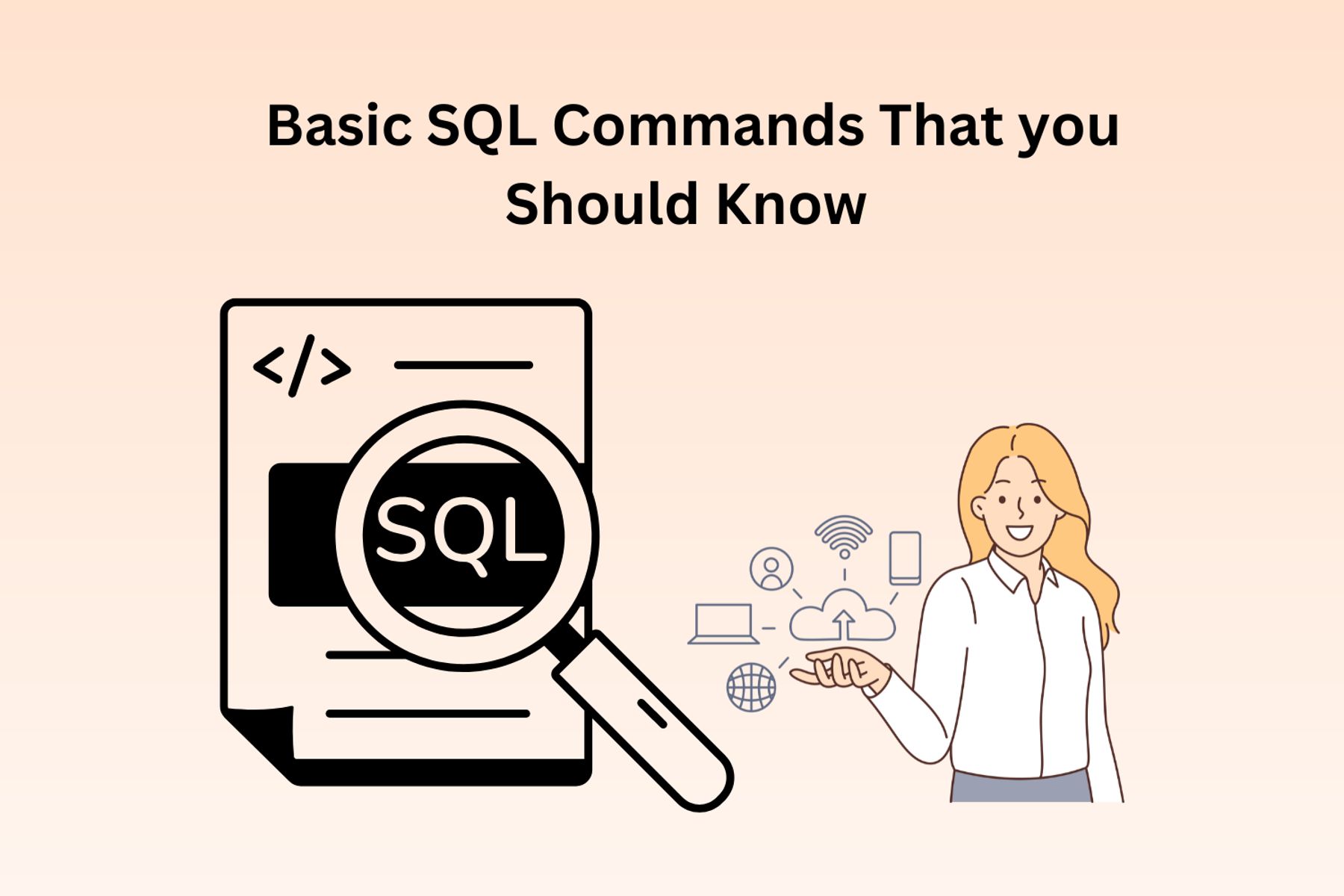The world of databases includes mastery of Structured Query Language (SQL), a standard programming language. Moreover, having a solid grasp of SQL Commands crucial for all programmers, regardless of their experience level.
In this blog, we will discuss some SQL Commands that every programmer must know.
Table of Contents
- What is an SQL?
- What are SQL Commands?
- Basic SQL Commands
- Conclusion
What is an SQL?
SQL denotes a common Database Language used to access and modify data in databases. IBM Computer Scientists created SQL in the 1970s. Structured Query Language (SQL) can create, update, delete, and retrieve data by running queries. In brief, it is a query language used for database communication.
Also Read: How Do You Define Your Role as an Agile Tester?
What are SQL Commands?
SQL Commands are statements that serve as instructions to interact with a database. They provide guidelines for carrying out different operations, functions, data, and inquiries. These commands allow Database Engineers to explore databases and perform various operations, such as adding, removing, and altering tables, creating new ones, and updating existing ones.
These statements are written in English because of their straightforward and declarative structure. Furthermore, their format highly contributes to the data’s security, integrity, and accuracy.
Basic SQL Commands
SQL Commands can create tables, add data, remove and edit them, and set user settings. Five main categories can be used to classify these commands:
Data Definition Language
The available SQL commands that define the database structure comprise the Data Definition Language. It is merely utilised to describe the database scheme and helps create and modify database structures. They can create, alter, and remove databases without hampering the data. The main DDL Commands include the following:
- CREATE- It creates the database or its objects, which include a table, index, function, store procedure, views, etc
- DROP- It deletes objects from the database
- ALTER- It alters the database structure
- TRUNCATE- It helps to remove every record from a table, including all the spaces allocated for the records
- COMMENT- It can add comments to the data dictionary
- RENAME- It renames an existing object in the database
Data Query Language
These commands are used to inquire about the data available in schema objects. Its main objective is finding a schema relation based on the query passed to it. To work with the data, this procedure enables its extraction from the database. It only comprises the following SQL Command:
- SELECT- It retrieves data from the database
Data Manipulation Language
The SQL Commands that manipulate database data are part of the Data Manipulation Language. It further controls access to data and the database and comprises most of the SQL statements. They are also grouped with DCL statements and include the below SQL Commands:
- INSERT- It inserts data into a table
- UPDATE- It helps in updating existing data within a table
- DELETE- It deletes records from a database table
- LOCK- It looks after the table control concurrency
Data Control Language
Such commands deal with the database system’s rights, permission, and other controls. Their list includes the following SQL commands:
- GRANT– Users can get access privileges to the database through this command
- REVOKE– It withdraws the users’ privileged access, which was given with GRANT’s assistance
Transaction Control Language
These commands combine several tasks into a single unit of execution. They ensure that every transaction has a designated task at the start and concludes when every task in the group has been satisfactorily finished. Transaction Control Language (TCL) comprises the following SQL Commands:
- COMMIT– It carries out a transaction
- ROLLBACK– It decreases a transaction during some errors
- SAVEPOINT– It sets a save point within a transaction
Also Read: How Do You Handle Incomplete Behavior-Driven Development Requirements?
Conclusion
Throughout this blog, programmers can familiarise themselves with a handful of the fundamental SQL Commands. Gaining proficiency with these commands will allow them to perform everyday database tasks effectively. To fully grasp the SQL, they must experiment with these instructions independently.
